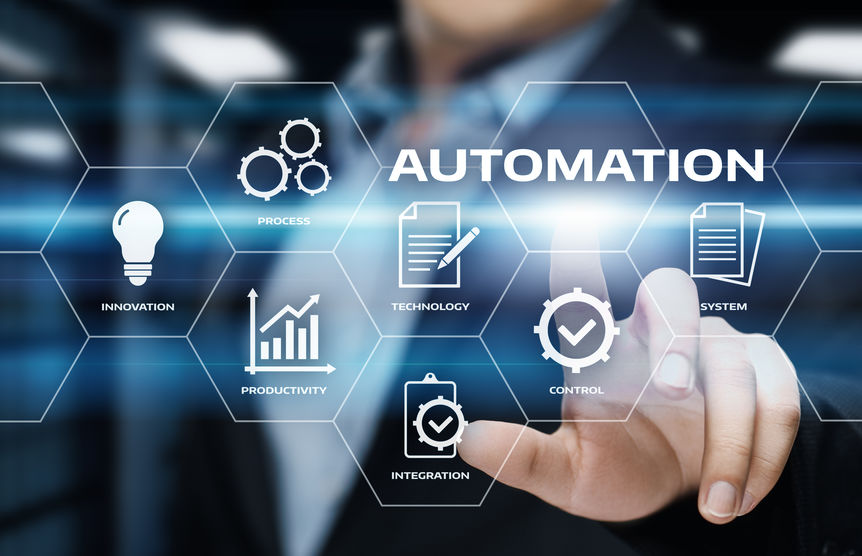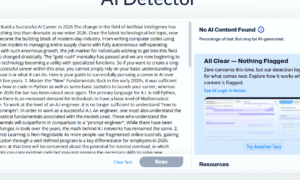When you hear the term “automation”, it sounds like you’re describing a machine that follows strict instructions. There is no thinking involved; only action. However, organizations have been quietly incorporating intelligent automation into their operations for a long time, altering how labor is done. It is not about replacing employees; rather, it is about making work smarter, faster, and less painful. Let’s look at the transition from manual to magical happening right before our eyes.
Intelligent Automation Blends AI and Automation for Real Results
Intelligent automation (IA) differs from regular automation because it integrates AI decision-making with automation efficiency. They can adapt, learn, and make simple judgments rather than following a script. Basic automation transports files, whereas intelligent automation analyzes, tags, routes, and flags mistakes without human interaction. Companies such as nlpearl AI specialize in developing smart, flexible solutions, allowing businesses to manage complicated operations without continual manual control.
Businesses Are Solving ‘Death by Repetition’ Problems
Every business has time-consuming duties such as data input, customer service issues, and invoice approvals. Traditionally, dealing with problems involved either throwing more people at the problem or allowing them to burn out. Intelligent automation addresses these difficulties by automating not only actions but also the decisions that surround them. For example, smart technologies can now prioritize customer requests based on urgency or detect irregularities in bills before payment is issued. This saves hours of human review.
Intelligent Automation Reduces Errors and Boosts Compliance
Manual processes are not only slow, but they are also prone to errors. Small missteps in finance, human resources, or supply chain operations can lead to major, costly issues. Intelligent automation systems mitigate these risks by producing consistent, repeatable operations that double-check themselves. In essential areas such as banking and healthcare, IA ensures comprehensive records, tracked actions, and meeting deadlines without human mistakes. Companies that use customized solutions benefit from this dependability.
It’s Not Just Big Companies Anymore
There was a time when only tech giants could afford smart automation. However, thanks to today’s modular, cloud-based solutions, small and medium-sized organizations may benefit from intelligent automation. You do not need a legion of data scientists or millions of dollars. Platforms may now be tailored to the size of a firm and its industry, making IA more accessible. They are available to support organizations of all sizes in deploying right-sized solutions rather than bloated “enterprise only” platforms.
The Human Workforce Gets an Upgrade, Not a Pink Slip
One of the most common misunderstandings regarding automation is that it replaces people. But they don’t. Instead of replacing jobs, intelligent automation improves them. Employees may concentrate on higher-value activities like problem-solving, creative thinking, and connection-building instead of meaningless busy work. They may focus on strategy and client engagement instead of battling spreadsheets for half of the day. In practice, IA is frequently viewed as a “workforce upgrade” instead of a “workforce cut.”
Conclusion
Intelligent automation is a subtle, purposeful shift revolutionizing business behind the scenes. Organizations that use it claim happier teams, reduced errors, and speedier operations. Solutions have made it rapidly a necessity rather than a luxury.

































